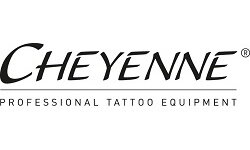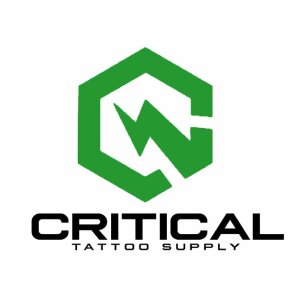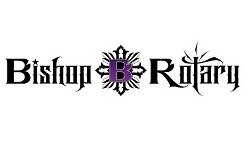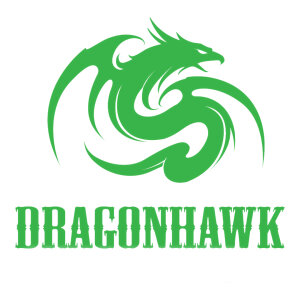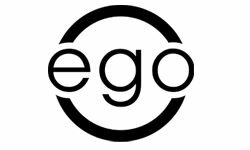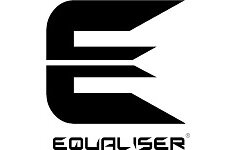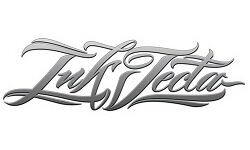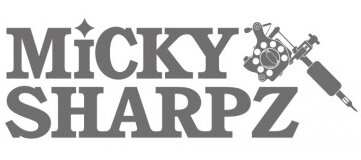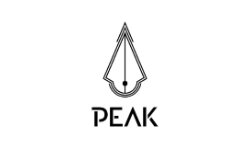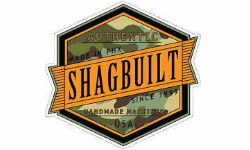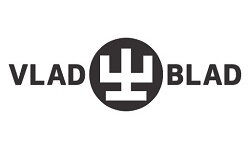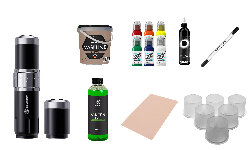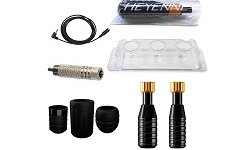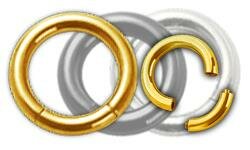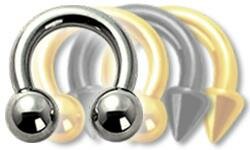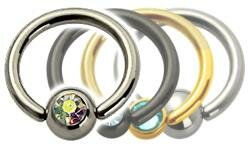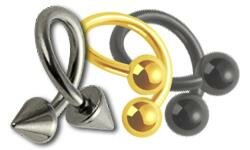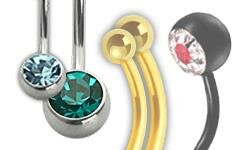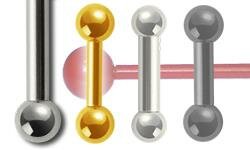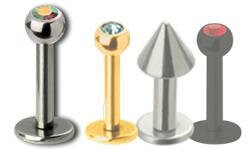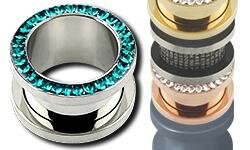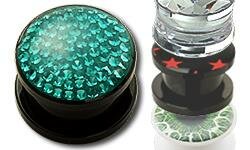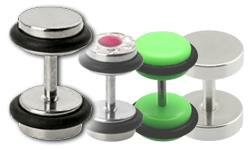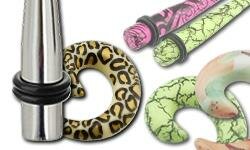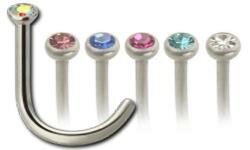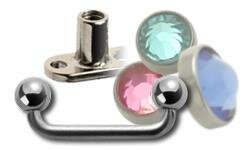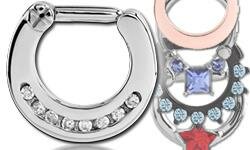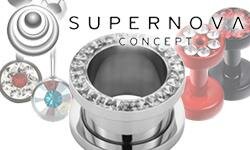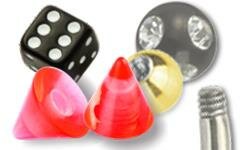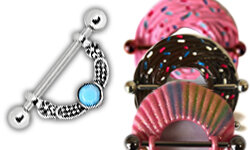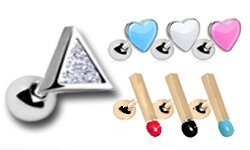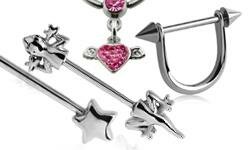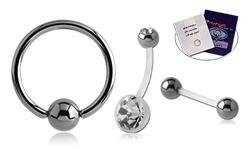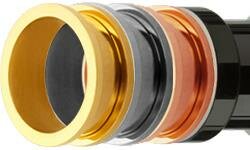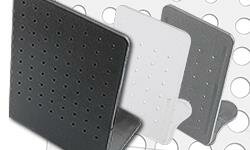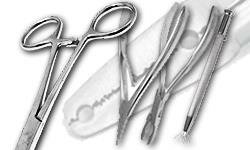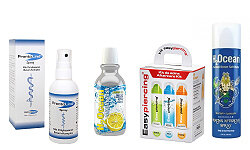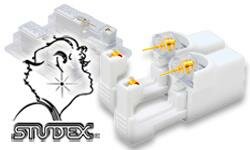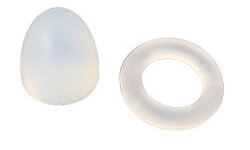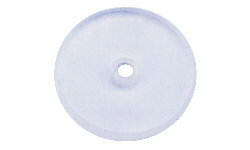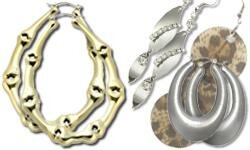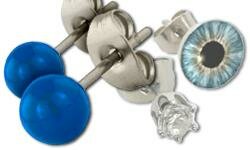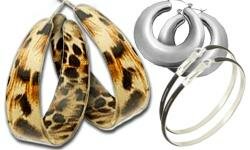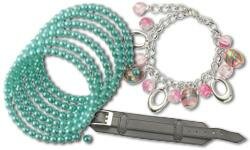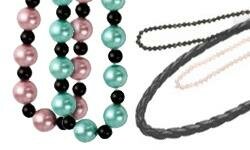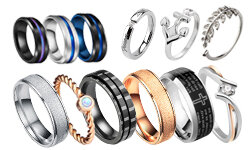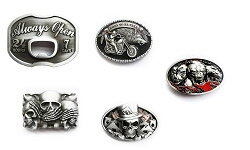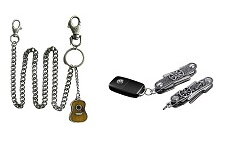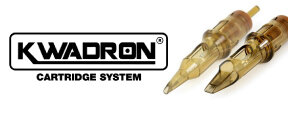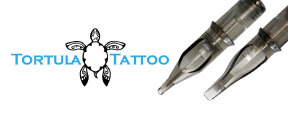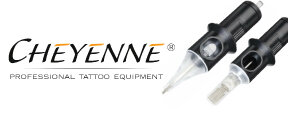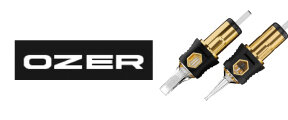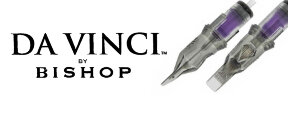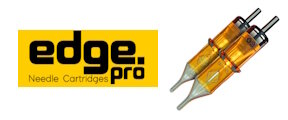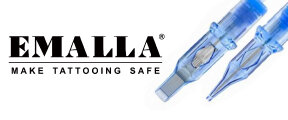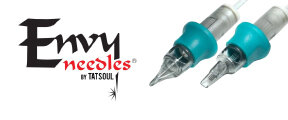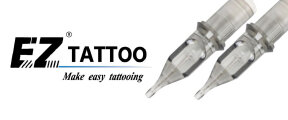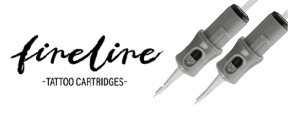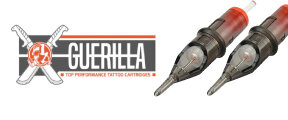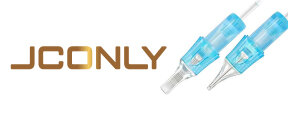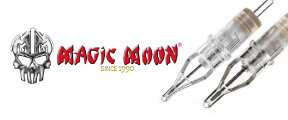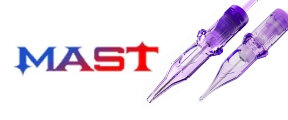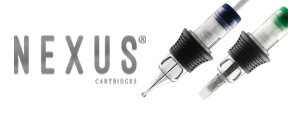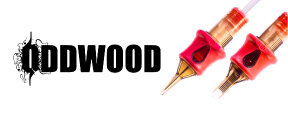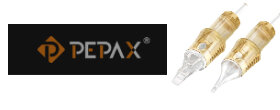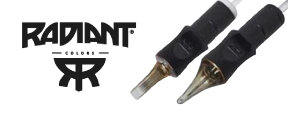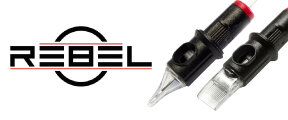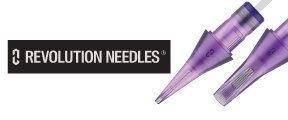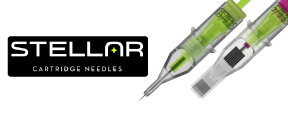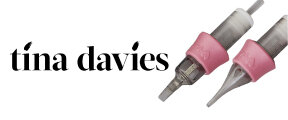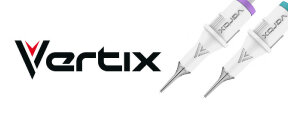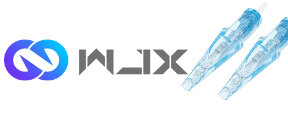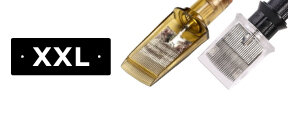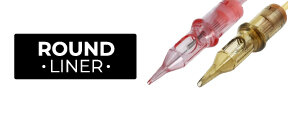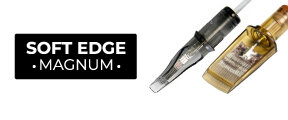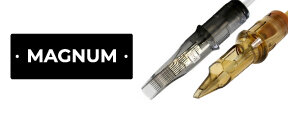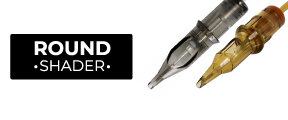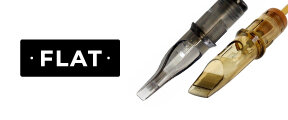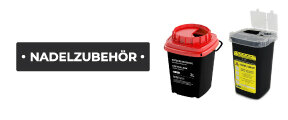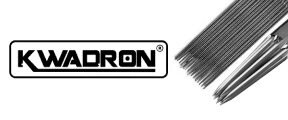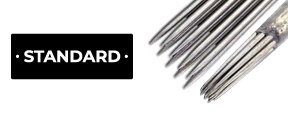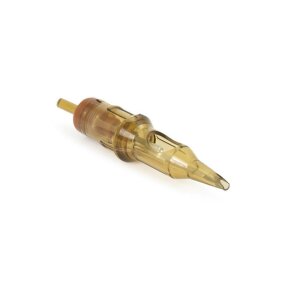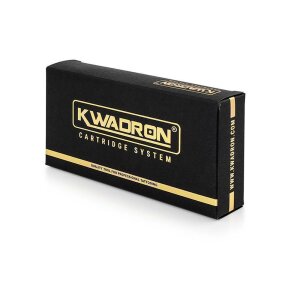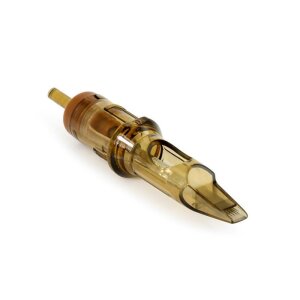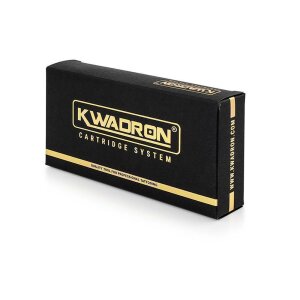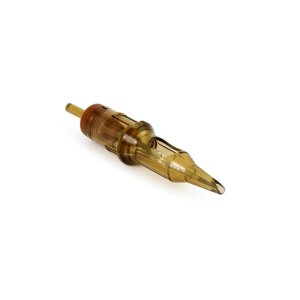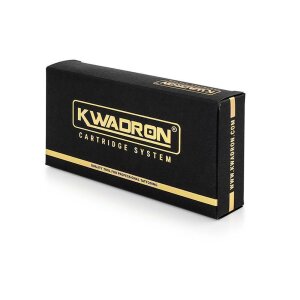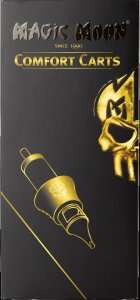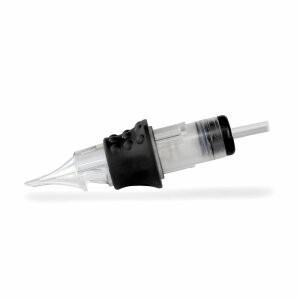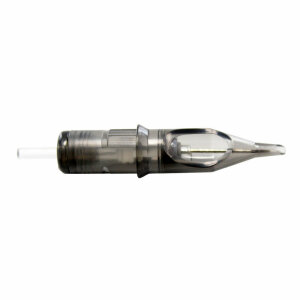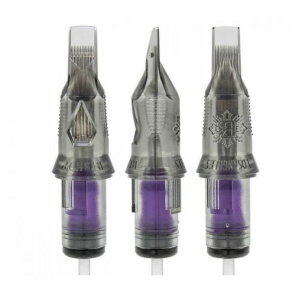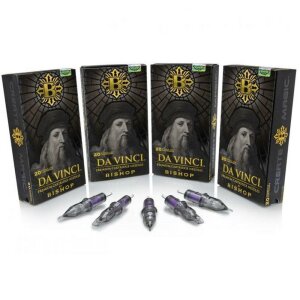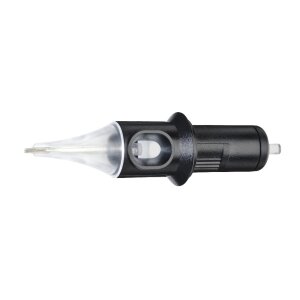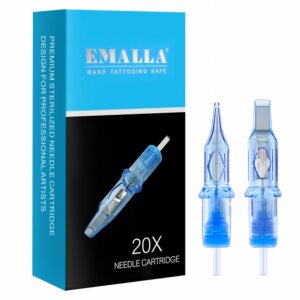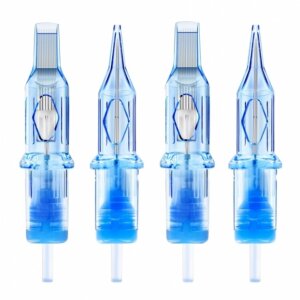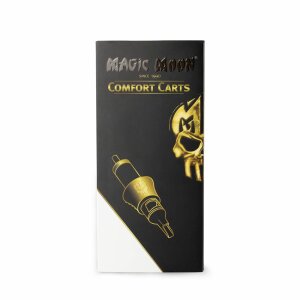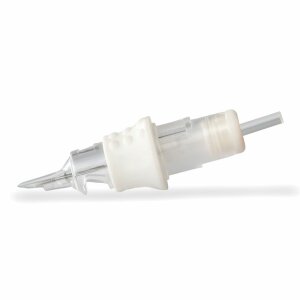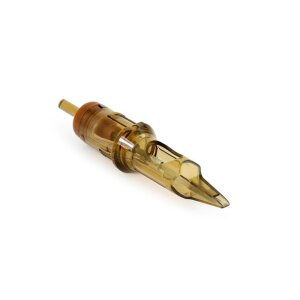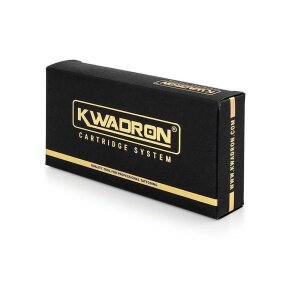Tattoo Needles: A Crucial Factor for a Successful Work
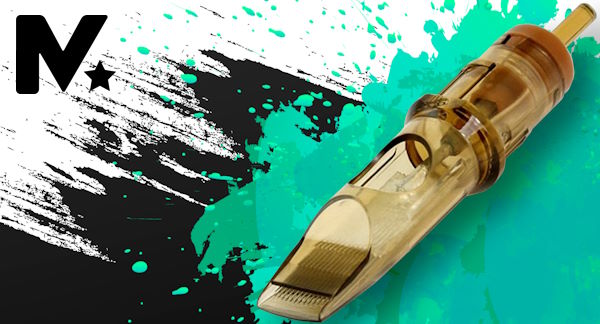
To tattoo safely, sustainably, and professionally, users need a fair amount of suitable studio equipment. Needles of various types are probably the most important component next to the competence of the tattoo artist. For hygienic reasons, the needles are mostly used only once. If a client wants multiple motifs and this is feasible in one session, a needle can exceptionally be used twice. The used needle must be in a health-safe and flawless condition, meaning straight and very sharp.
Tattoo Needles - Purpose, Types, and Differences
The respective needle is attached to the corresponding bar of the machine that will be used for tattooing. There are different needles with different strengths and properties. Typical terms in the tattoo scene often include Shaders or so-called Liners. The needle bar is rounded at the end piece for Liner tattoo needles, while for Shaders, it is flat.
Depending on the purpose and motif, there are 3 and 4 needle products. Various needles and other tattoo supplies can be purchased at a tattoo supply shop. These are used for broader lines or strokes. Shaders, on the other hand, are used for larger areas. Shading of various types and sizes is also realized with Shaders. When tattooing, it often depends on the choice of needle and colors how well a motif can be realized.
This is because Liners are used to create the outlines or to delineate different designs. Large areas are worked on with, for example, 6 or 4 needle sizes. For thicker strokes and lines, for example, 3 or 4 needle sizes are available. Tattoo artists should master their machine securely and with a certain sovereignty, the needle must be inserted safely into the correct depth so that the ink can distribute optimally. Bleeding and subsequent injuries due to the incorrect use of tattoo needles must be avoided.
Types of Tattoo Needles
There are many different types of needles in the profession, which can be classified as follows: Round Shader Needles, Magnum Shader, Round Liner, Flat Shader, Curved Magnum Shader, and also Double Stacks.
Round Liner
- Tips are soldered
- Number of needles determines the line thicknesses
- Low incorporation of ink into the skin
Round Shader
- For shading and thicker lines
- Suitable for filling various colors
Magnum Needles
- Very often used for shading
- High incorporation of ink
- Less time-consuming, therefore less strain on clients
Curved Magnum (SEM) Needles
- Needle tips have a kind of curvature in the middle
- Very good distribution of ink
- Less harmful to the skin
Double Stack Needles
- For extensive shading
- Detailed and extensive color works are possible with them
Flat Shader
- Straight attachment to needle bars
- For optimal line guidance
- Suitable for filling colors and shading depending on size
Sizes of Cartridges & Needle Modules
0.25mm Diameter
- Small needle size (Bugpins)
- Slow ink flow for extensive tattoos
0.30mm Diameter
- Highly demanded strength (Double Zeros)
- Medium diameter
- Controlled ink flow
0.35mm Diameter
- Very popular and frequently used needle strength
- For traditional motifs
- Very suitable for line work
Other sizes 0.20 mm, 0.40 mm, and 0.45 mm. These diameters are currently not in high demand and are only sporadically used, depending on customer preference. They are usually available online or at your choice of tattoo supply shop.
Differences between Cartridge Needle Modules and Classic Needles

Tattooing as a process, motif trends, and also tattoo supplies change over the decades. Where in the past classic tattooing without machines and colorless images, motifs, and texts were popular, today's trend is different. Many tattoo artists rely on tattoo needle modules or so-called Tattoo Cartridges, which can be purchased in a regional tattoo supply shop or on the Internet. Such tattoo supplies are currently in higher demand than ever before.
Tattoo needle modules not only allow for colorful motifs to be tattooed but also give the executor the opportunity to work more effectively, faster, and above all cleaner. Tattoo Cartridges or needle modules offer more comfort, better handling, and the possibility to see how much remaining ink is in the process compared to classic needles. A wide range of products and manufacturers allows tattoo artists to select and purchase the optimal products and accessories that fit their own studio. Those with questions or concerns about individual products can get comprehensive advice in their favorite tattoo supply shop. Often, there are quantity discounts when buying larger quantities of cartridges or modules, and price comparisons are worthwhile.
Historical and Significance
Since around 12,000 BC, there was an early form of tattoo art where signs were etched into human skin. Tattoos are more than just motifs integrated into the intended skin layer using ink and other colorants. Women in various countries adorn their skin and hands with tattoos to ward off suffering, evil spirits, and diseases.
In seafaring, tattoos are still very popular to this day. They are a symbol of art, strength, imagination, and love for the visual. In addition, tattoos are said to have spiritual and religious effects. The worldwide demand for tattoo supplies and accessories is therefore always present. Tattoos, along with murals, are also a form of visual art that has caused some critics to revise their prejudices afterward and recognize this type of visual expression.
If the tattoo does not represent a specific, recognizable motif, it may stimulate the imagination of the owner or the viewer. Embellishments, shading, colorful and vivid interplays, and curved lines can be a real eye-catcher for laypeople or art lovers. Wherever creative work is done and artworks are created, there is room for dreaming and philosophizing, as in the tattoo industry. In principle, every tattoo artist has their own style and approach to how motifs, images, graphics, or lettering are worked out and realized. Each tattoo is therefore a unique piece and not exactly replicable.
Artists and Outlook
Any tattoo artist who takes their craft seriously, approaches each day with full passion and zest for work, can rightly claim to be creating a piece of culture and being an artist themselves. Unfortunately, it has not yet fully arrived in society that not only music, murals, or baking creations are art, but also well-made motifs on the skin of people of any age and nationality.
It would be desirable for tattooing to be seen in the future not just as a sailor's or prison craft but also to gain more cultural appeal than before. Why shouldn't tattooing be an Olympic discipline one day, or pictures of tattoo works be exhibited in museums? Tattooing will most likely exist for hundreds of years. As long as there are people who associate something with their own tattoo, appreciate motifs in this way, see them as symbolism and art, or just find it trendy to have one, the craft will not die out in the distant future.

 Black
Black White
White Grey
Grey Brown
Brown Red
Red Yellow
Yellow Pink
Pink Skin Tones
Skin Tones Orange
Orange Violet
Violet Green
Green Blue
Blue